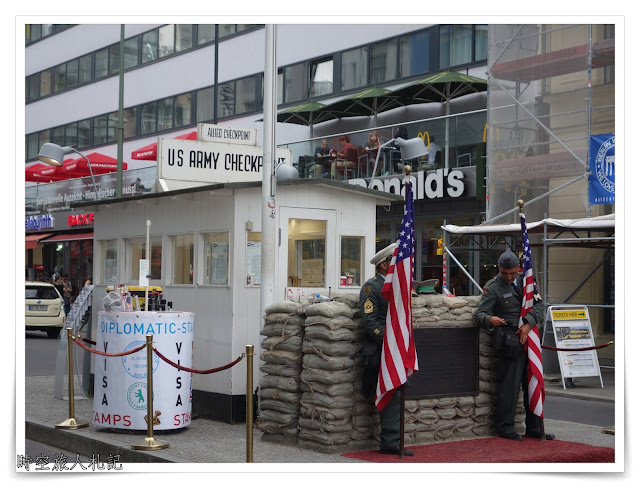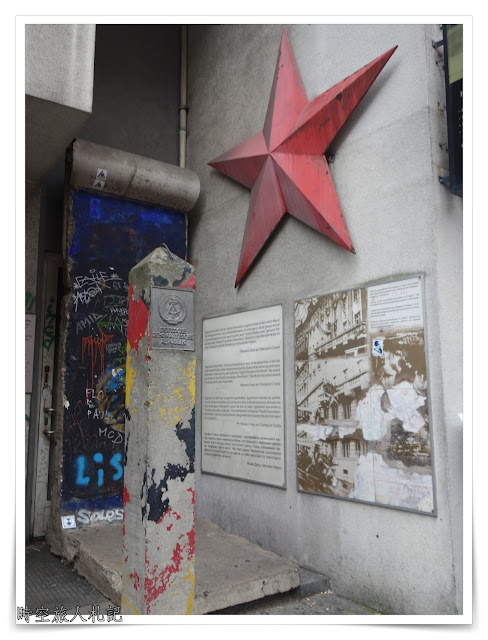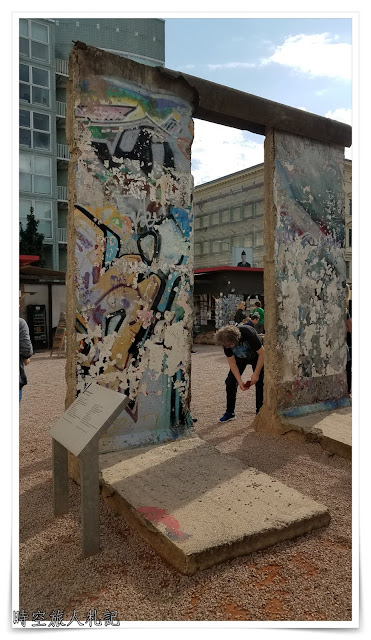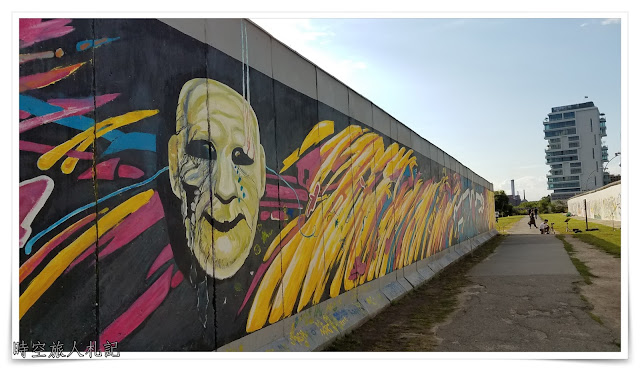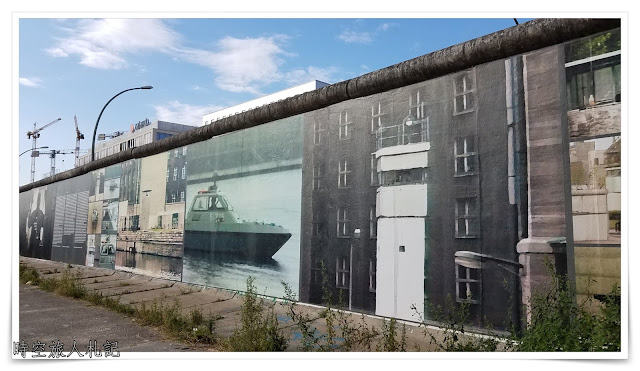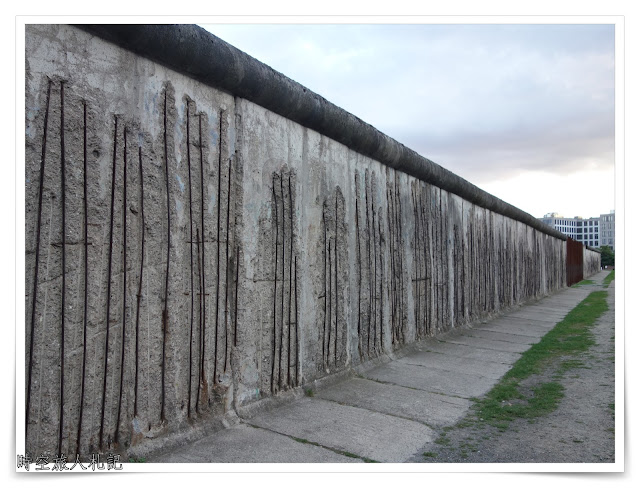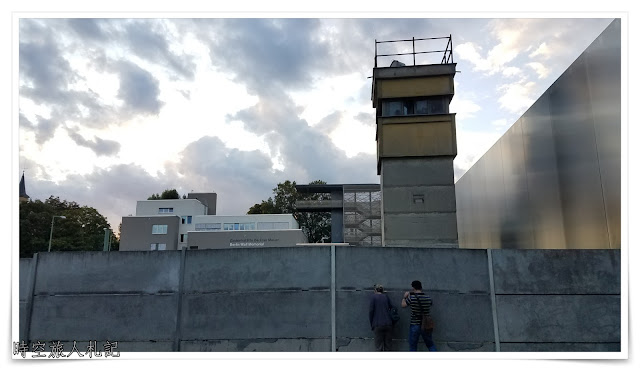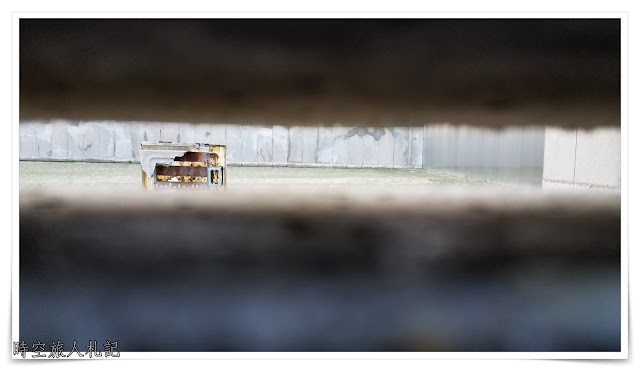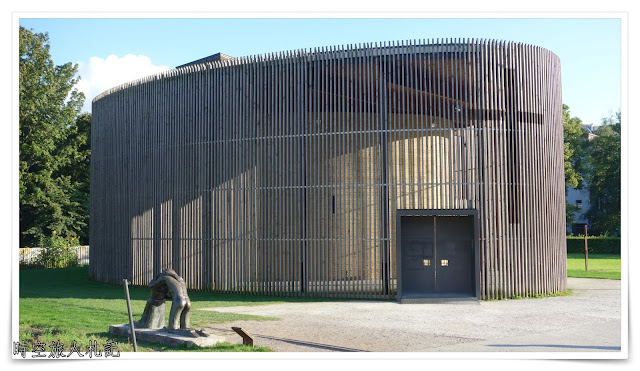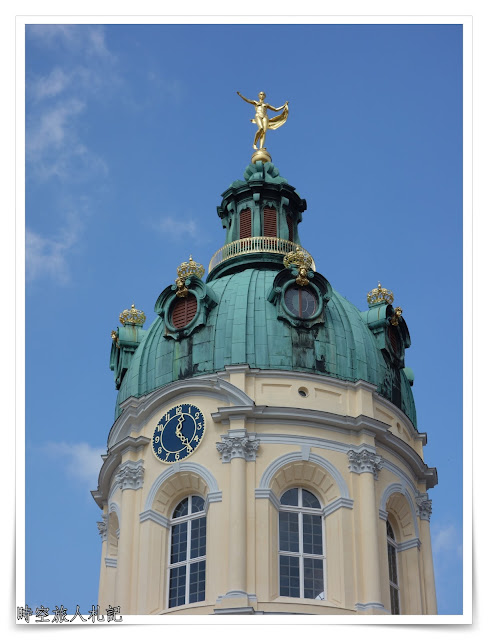There are so many places to see in Berlin that it's impossible to cover them all. This article will cover a few of the sights that are a bit further from the city center, including Checkpoint Charlie, Oberbaumbrucke, East side gallery, Gedenkstatte Berliner Mauer, Schloss Charlottenburg, and more. (Schloss Charlottenburg.) If you take public transportation to all of these sightseeing spots, you will need at least a day and a half to two days for sightseeing. We rented a car for the last day, so we drove to all of them.
Table of Content
Charlie Checkpoint.
Berlin Wall Museum
Apart from some of the remains of the wall, the majority of the small museum is dedicated to historical material, which requires patience to read. One of the most impressive aspects of the museum is the variety of ways in which the people living in East Berlin escaped. Simple as hiding in train compartments, more drastic such as installing thick steel plates on the cars to break through the blockade lines, more complex such as forging documents, or in many cases, bribing American soldiers or diplomats stationed there to carry out their plans. There were successes and failures, and most of those who failed were sentenced to death.
Oberbaum Bridge
The Oberbaum Bridge is located over the River Spree, and is geographically connected to the two districts that used to be divided by the Berlin Wall, which was part of the West Berlin border during the division of Germany, and is now one of the symbols of Berlin's unity. Originally, the bridge was a wooden suspension bridge, "Baum" meaning wood in German. In the 19th century, it was built as a stone bridge for transportation purposes, integrating vehicular, pedestrian and railroad lines. The two Gothic towers in the center are distinctive, but have no practical use.
East Side Gallery
The East Side Gallery was originally part of the Berlin Wall, most of which was demolished after the reunification of Germany. The East Side Gallery's section of the Berlin Wall is 1.3 kilometers long and is the longest surviving section. On the wall are 105 paintings made in 1990 on the eastern side of the Berlin Wall, many of them satirical or politically charged, and one third of the surviving works are said to be from the original.
Berlin Wall Memorial Park
Some bullet holes can still be found on the walls. Visiting the ruins of an East German watchtower is like stepping back in time to the murderous atmosphere of the past, with people peering in through the cracks in the wall.
Charlottenburg Palace
Charlottenburg is the largest surviving palace in Berlin, a baroque palace built in the 17th century. It was originally built as the summer residence of Frederick I, Charlotten after his queen. The main building, the Old Palace, and the New Wing, which was later expanded by its successors, are the main attractions. Admission is separate. The French-style garden outside is free.

The statue in the center of the square at the main entrance to the palace is of Frederick I on horseback.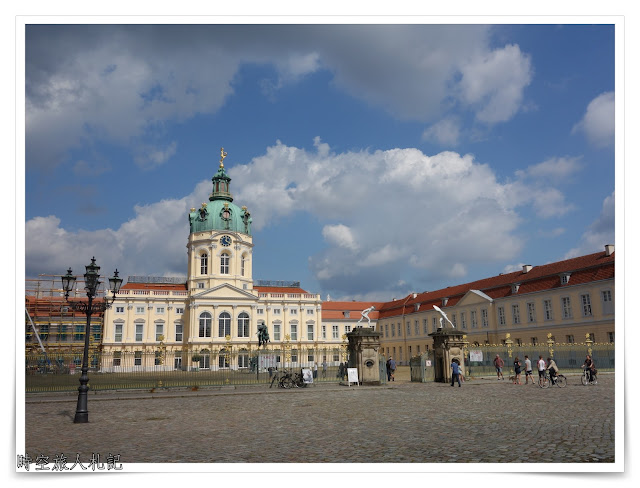
Further reading
- Germany Self-Drive Itinerary 2017/08 (Berlin - Dresden - Munich)
- Three Days, Two Nights Berlin Itinerary
- Berlin Attractions(Part 1): Berlin TV Tower, Red Town Hall, Nikolaikirche, Museum Island
- Berlin Attractions(Part 2): Grosser Platz, Brandenburg Gate, Reichstag, Victory Column
- Berlin Attractions(Part 3): Checkpoint Charlie, Oberbaum Bridge, East Side Gallery, Berlin Wall Memorial, Charlottenburg Palace
- Potsdam One Day Tour: Wunderkammerpark, Old Town
- Day trips around Dresden: Bastei Saxony, Schloss Pillnitz, Pillnitz Palace
- Dresden: Florence on the Elbe
- Rothenburg Rothenburg ob der Tauber : A frozen medieval German city
- Day trip to Königssee: Germany's most beautiful lake
- Day trip to Chimesee: the largest lake in Bavaria
- Neuschwansteinstraße and Schloss Hohenschwangau: The Fairytale World of Mad King Ludwig
- Munich Attractions (Part 1): Marienplatz, Neues Rathaus, Atlas Rathaus, Hofbrauhaus, Royal Beer House
- Munich Sightseeing (Part 2): Unification Church, Teatro-Artina Church, Munich Royal Palace
- Munich Attractions (Part 3): Peterskirche St. Peter's Church, Viktualienmarkt Grain Market
- BMW Museum in Munich: The Pride of German Industry
- German Culinary Journey (Part 1): Dining in Berlin and Potsdam
- German Culinary Journey (Part 2): Dresden and Rothenburg
- German Food Tour (Part 3): Beisgasden, Lake Keim, Fussen Dining
- Germany Food Tour (Part 4): Munich Cuisine
Thank you for visiting our website.
All the content on this site is original and shared with the purpose of providing valuable information. We sustain the operation of this site through a small amount of advertising and sponsored links. If you click on links to third-party merchants on our site and make purchases, we may receive a portion of the sales as a commission. If you click on links to third-party merchants on our site and make purchases, we may receive a portion of the sales as a commission.
Find more posts on a map Here.
My recommended resources for hotel bookings.
Recommended travel credit card for US-based travelers
Travel with just a backpack!
Buy me a coffee and support my contents!
If you are interested in quoting this article or using any part of its content and images on your website or publication, please contact us via email to request permission.

